Ever since i could remember I’ve been obsessed with whales.
When I was a child living in Guadeloupe, I remember writing up a petition to save the whales and getting all of my mother’s friends, and everyone else I knew, to sign.
I don’t know where it came from, but I have had a nostalgic idea of swimming with whales, especially blue whales.
As it turns out we missed our opportunity to see them in Las Galeras in the Dominican Republic, we were there at the wrong season. This time, our trip in Baja coincided quite nicely with the Grey Whale season, so we–mostly I–just had to go take a closer look.
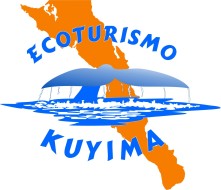 Whale Watching in Baja
Whale Watching in Baja
Getting on a little boat with a lifejacket and some other tourists to go chase the whales in their natural habitat wasn’t the way I wanted to see them. I had the notion that one day, somewhere while surfing, I would just happen upon one. But we met so many people traveling Baja who raved about Laguna San Ignacio and its eco tours.
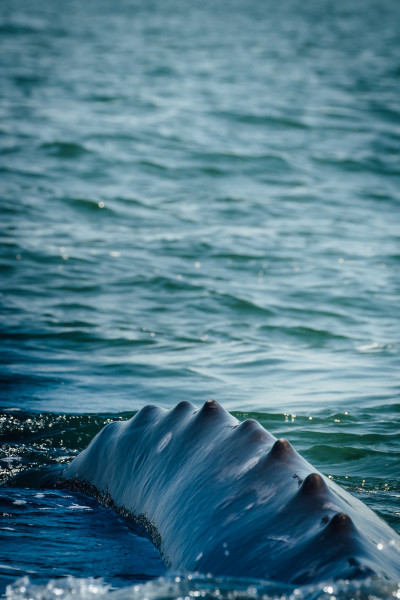 We checked it out and decided that it would be well worth it. The “pangas” are well managed in the lagoon. They don’t chase the whales, in fact, often the whales come to the boats. Each vessel is only allowed a specific amount of time on the water to make sure there aren’t too many out there at the same time.
We checked it out and decided that it would be well worth it. The “pangas” are well managed in the lagoon. They don’t chase the whales, in fact, often the whales come to the boats. Each vessel is only allowed a specific amount of time on the water to make sure there aren’t too many out there at the same time.
We ended up getting lucky, our boat only had us and two other people on it. Two lovely ladies we ended up driving back to Loreto later. We had an absolute blast with Kuyima and would highly recommend them to anyone wishing to get close to Grey Whales in Baja California.
Still, it took everything I had NOT to jump in the water with them. My GoPro footage would have to suffice.
Check it out.
The narration, by yours truly, goes a little like this:
On the West Coast of the Americas, the pacific ocean has carved a very special space into the dry Desert of Baja. Here every year great whales gather to mate and birth.
Once, whalers referred to them as the Devil fish, rumored to attack ships and kill the men, Now, these giants of the deep have been dubbed “the friendlies”. These 36 tonne ocean dwellers migrate what is believed to be the longest annual mammal migration, upwards of 20 thousand kilometers, between their dangerous arctic feeding grounds and this safe, warm, and magical nursery.
Here, their curiosity lures them to the pangas where tourists rejoice in this unique opportunity to play with the overgrown pups.
Hundreds of whales swarm these shallows. Once fishermen in the lagoon feared them, and their interaction with humans was scarce, save for the whalers. But they seem to enjoy our company, seeking us out.
At times the mothers push up their babies for a closer look. Whether they love being scratched or just think of us as rubber duckies we might never know.
What is for sure is that their underwater world is still full of mysteries we might never understand. And it’s all right below the surface.
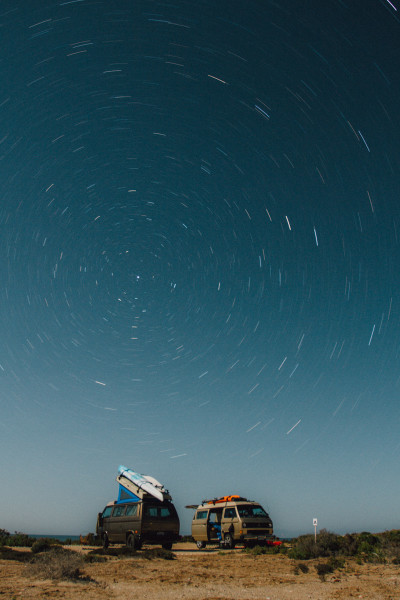 Kuyima took great care of us. The road to the lagoon is long, but the destination is worth it. We met other Westy friends there. The food was delicious, they even had recycling, which allowed us to dump some of our stored recycling from our ZeroWaste challenge.
Kuyima took great care of us. The road to the lagoon is long, but the destination is worth it. We met other Westy friends there. The food was delicious, they even had recycling, which allowed us to dump some of our stored recycling from our ZeroWaste challenge.
We had decided not to go when in Guererro Negro. We had heard stories there of the tour companies not giving the whales their space and of the boats being crowded. It’s a much bigger town and the road is paved all the way, so I imagine the tours are run much differently.
Going to San Ignacio was great also because the town itself, an oasis in the desert, is very cute, the Kuyima office being right on the main square, shaded by gorgeous trees.
Contact them for camping and whale watching packages. You won’t regret spending a night under the stars and a day out on the water.
We leave you with a few pictures of this magical location and the whales.
Visiting the Grey Whales helps give incentive to the local community to keep industry out of the lagoon. Although Mitsubishi’s plans to build a giant saltworks here has gone belly up, the whales aren’t yet safe, nor might they even completely be.
It’s important to show the governemtn that EcoTourism does indeed bring in revenue that is well worth keeping industry at bay. It’s important, therefore, go see the whales if you care about them, and to choose a way to do so with the lowest impact possible.
The whales aren’t the only ones to thrive here. All sorts of other wildlife call this ecosystem their home and its preservation is a delicate eco-socio-political balance.
You can help by visiting this magical place and also by joining conservation efforts.
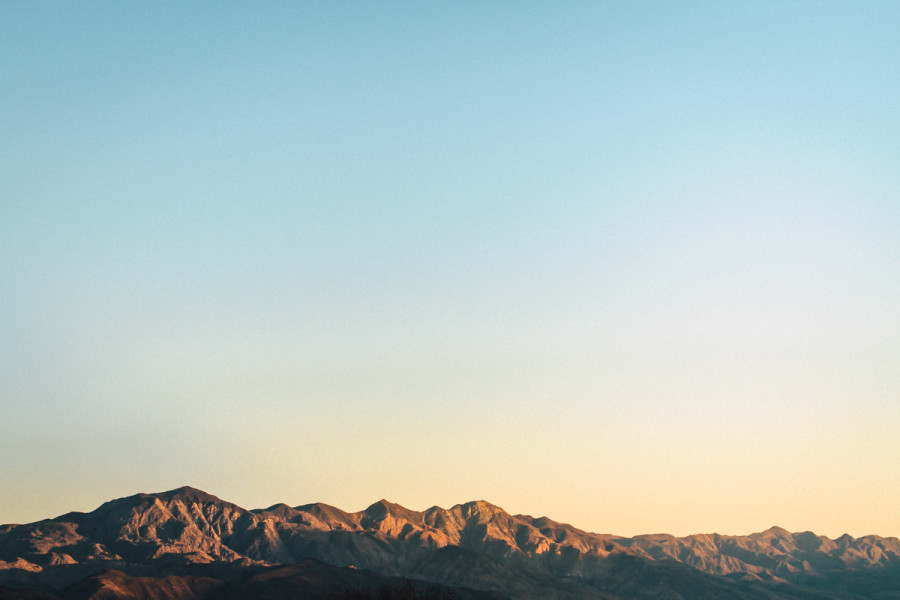
Kuyima was gracious enough to trade some photography work for our tour, but all opinions in this post are our own, we back them 100%
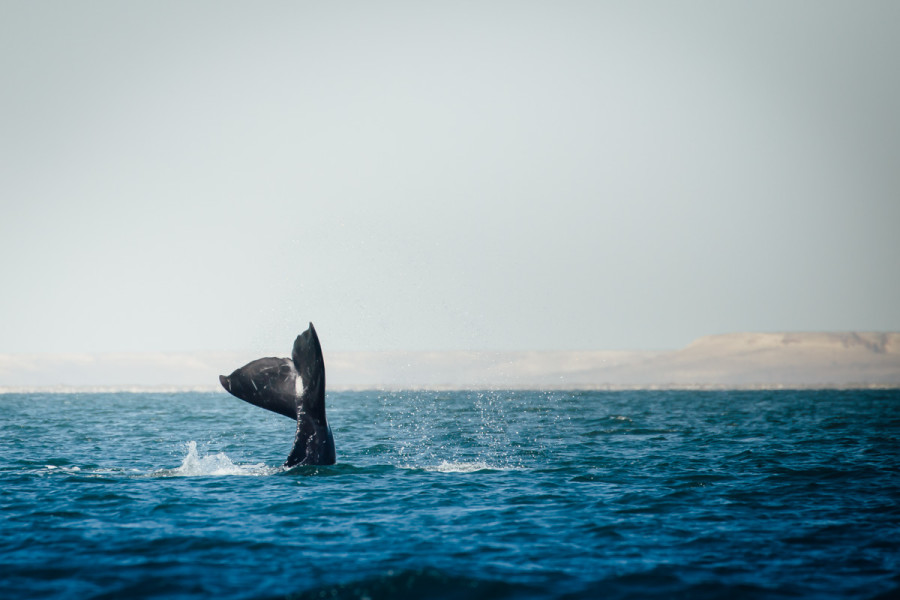
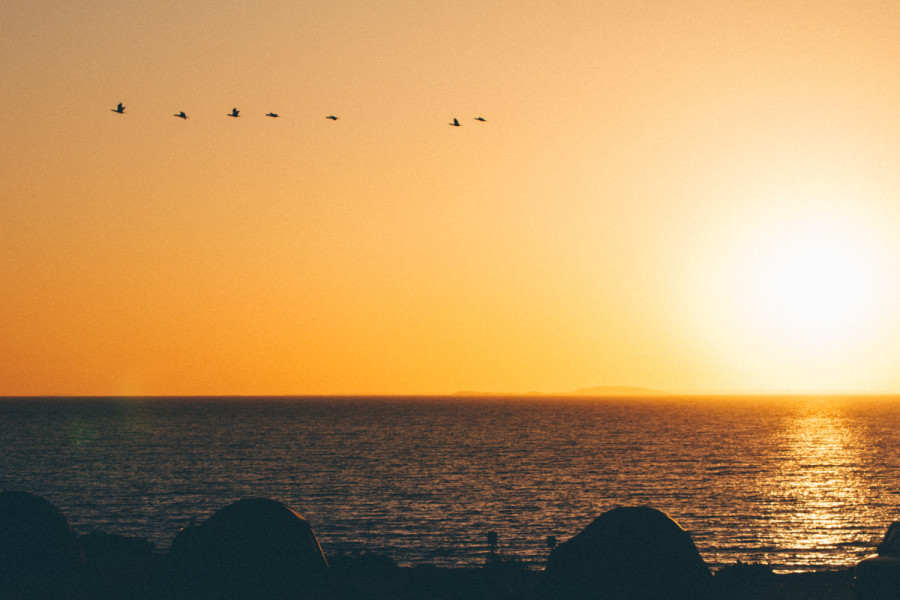
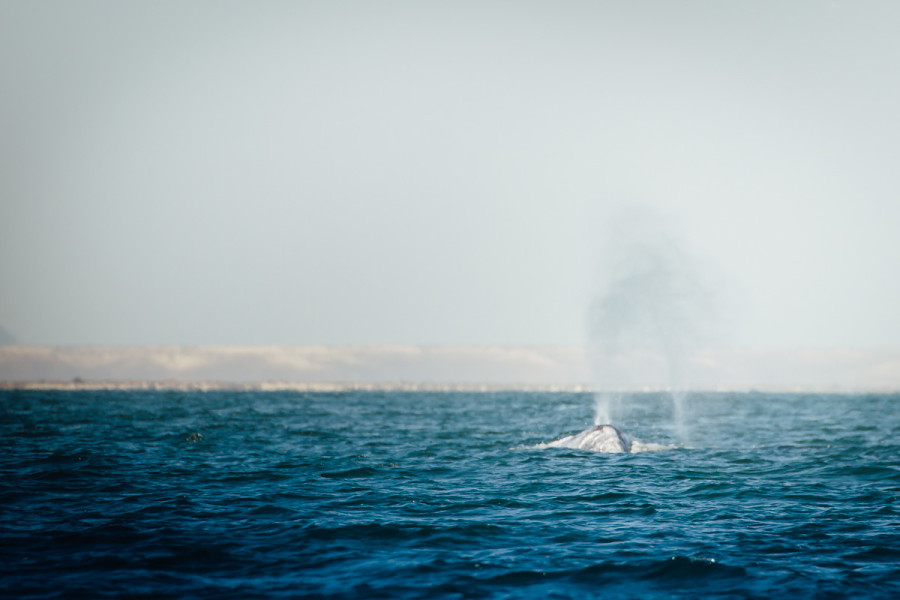
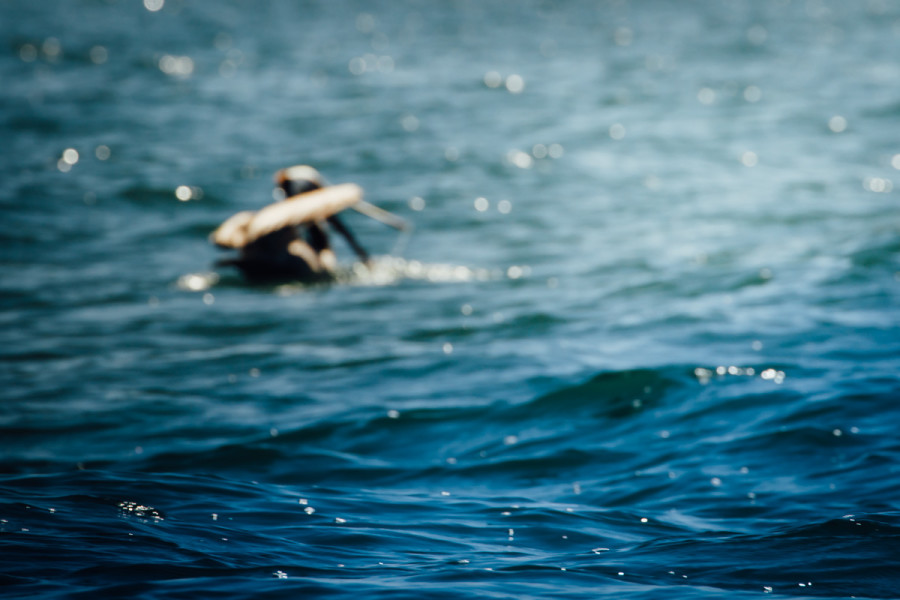
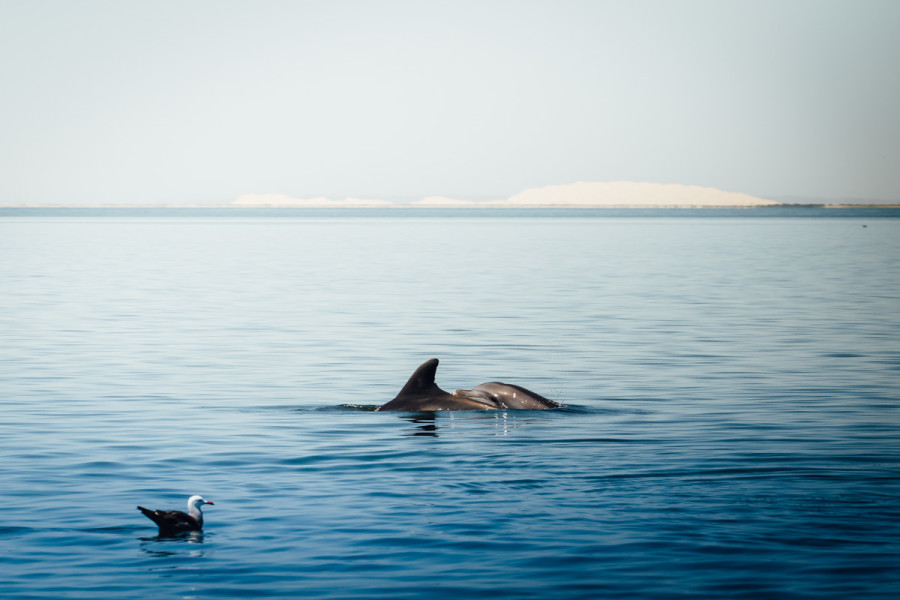
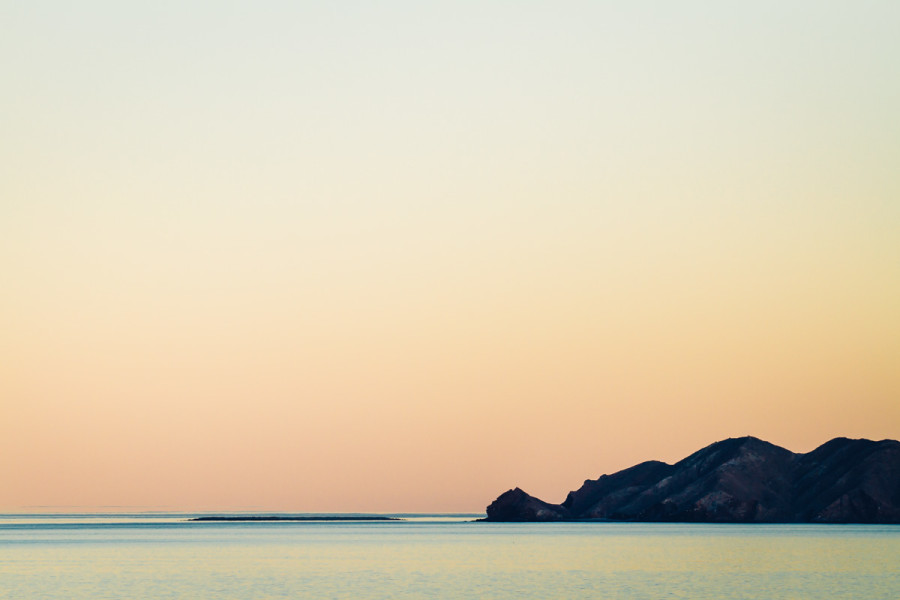
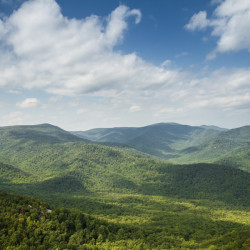
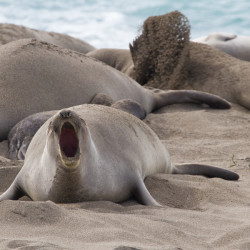
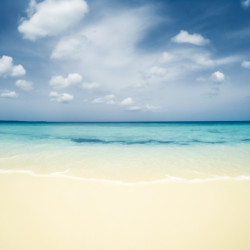
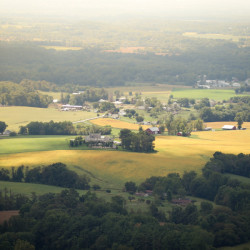
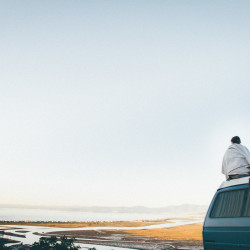
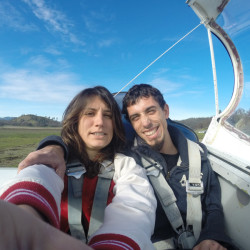
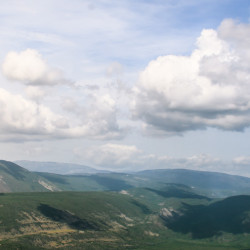
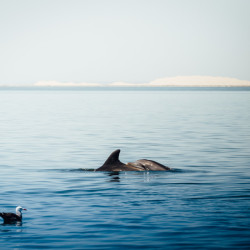
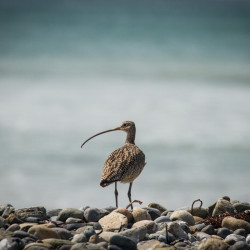
Really sweet video and narration. Never seen a whale before, so I would love to check this tour out.
Ted, you would LOVE it for sure. You can sea kayak the area as well, but not into the lagoon as far as the motor boats take you, but sometimes the whels get real close to shore!
Thanks for the positive words. I really love doing video, it’s great to have encouragement.